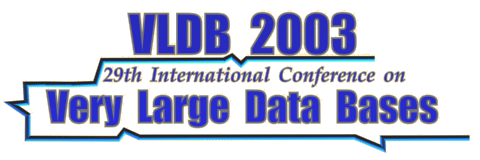|
Berlin
as the capital of Germany has three different airports: Tegel
airport, Schönefeld airport and Tempelhof airport. While
the first two are the most frequently used ones, Tempelhof is
mainly used for local national flights and a few international
ones. Most likely you will arrive at Tegel Airport (especially
when coming from overseas via Frankfurt) or at Schönefeld
Airport when arriving from Eastern European countries. Unfortunately
there are no non stop flights from the US to Berlin. You have
to connect through Frankfurt, Munich, Paris, London, Amsterdam,
Brussels or other European cities. Some of the airline offices
are: Air France, Tegel Airport (01805 830830); British Airways,
Tegel Airport (01805 266522); KLM, Tegel Airport (01805 214201);
Lufthansa, Kurfürstendamm 220 (030 887588).
All
three airports are very well connected to the public transportation
System of Berlin (bus and/or subway). Below you shall find more
information how to get from each of the three airports to the
city center and to Humboldt-Universität zu Berlin. You can
use the taxi, but as a real alternative we highly recommend to
use the S-Bahn (quick train) and the U-Bahn (subway). One ticket
is usually sufficient independent which alternative (and combination
thereof) you use.
|

